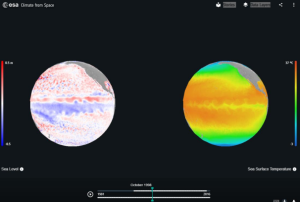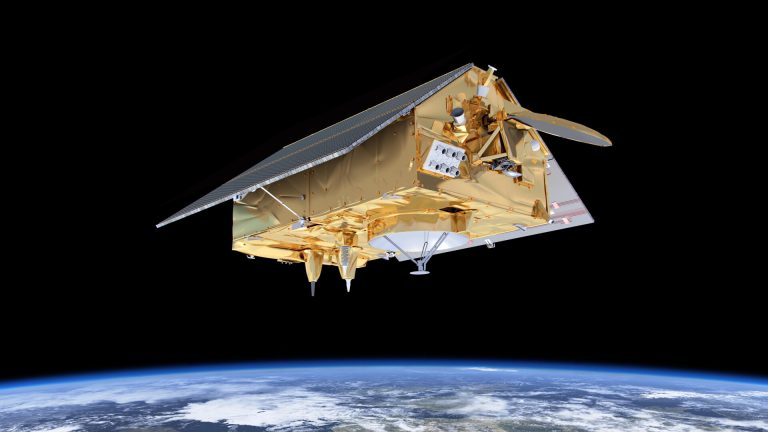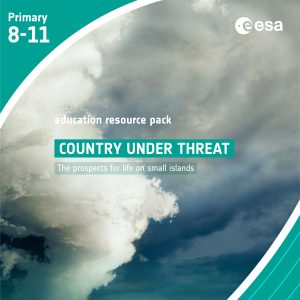Country under Threat – The prospects for life on small islands
In this set of four activities pupils will learn about the causes and potential impacts of sea-level rise while developing core scientific skills. The activities introduce the context by using a case study and students will develop instructional writing skills. Practical activities exploring two of the main contributors to sea-level rise give opportunities to discuss how models are used in science. Pupils will use real satellite data to explore sea surface temperature, changes in average sea level and the relationship between them.
Subject Geography, Science, Earth Science
- List some of the ways in which global warming is leading to sea-level rise
- Create a set of instructions others can use to carry out an experiment
- Relate the different parts of an experimental model to the real world
- Analyse images to obtain data on the melting of ice
- Explain why this happens using ideas about particles
- Identify some problems that sea-level rise may cause
- Use the Climate from Space web application to explore and compare sea surface temperature and changes to sea level
- Explain the relationship between variables using scientific knowledge
- A plate with a rim or edge, or a small tray or bowl for each group
- Three or four buttons or counters of different colours for each group
- Play dough to fix the markers in place
- An ice cube or lump of ice for each group
- Classroom clock
- A copy of Student worksheet 2 for each student
- Smartphone or tablet (optional)
- A stack of books or block of wood to support the phone if it is being used
- Squared or/and graph paper (optional)
- Acetate sheets printed with a grid (optional if using camera)
- Access to presentation, image- or/and word-processing software (optional, if using camera)
- Towels
- 2 identical bottles with plastic lids for each group
- 2 transparent straws for each group
- Food colouring or ink
- A jug or large beaker for each group
- Play dough or similar material – each group will need a piece about the size of
a walnut - Heat source (a sunny windowsill, a reading lamp, a bowl of hot water)
- Cloths to deal with spills
- A tray for each group to work in (optional)
- Marker pen and ruler (optional)
- Student worksheet 3 – one copy per student
- Chalk or tape to mark a box on the ground

Did you know?
ESA satellites play an important role in monitoring climate change. Climate from Space (cfs.climate.esa.int) is an online resource that uses illustrated stories to summarise some of the ways in which our planet is changing and highlight the work of ESA scientists.We can now use satellite sensors to measure sea level, along with many of the factors that are causing it to rise, including the thickness and extent of ice sheets, and the temperature of the ocean surface. Satellites can take frequent measurements across the whole world rather than periodic measurements in a few selected places. However, instruments on buoys, research ships and planes are still needed – scientists use readings from them to calibrate the satellite sensors and check that the data from them is reliable.

One year on Earth – Understanding seasons
Brief description This resource includes two activities to foster and enhance pupils’ knowledge of seasons, and focuses on the basic...
Earth under the lid – Understanding the greenhouse effect
Brief description In this set of two activities, pupils will learn about our atmosphere and the greenhouse gases that it...
Is ozone good or bad? -The discovery of the Antarctic ozone hole
Brief description In this set of three activities, students will learn about ozone and the impacts – good and bad...
Astro farmer
Brief description:In this set of six activities, students will investigate which factors affect plant growth, and relate these factors to...


